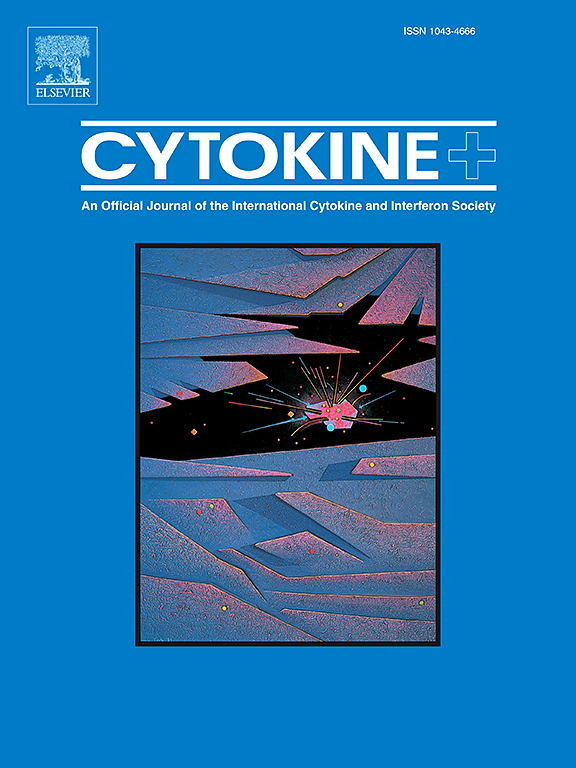Self-assembling sequentially administered tumor targeted Split IL-12p35 and p40 subunits to improve the therapeutic index of systemically delivered IL-12 therapy for cancer
IF 3.7
3区 医学
Q2 BIOCHEMISTRY & MOLECULAR BIOLOGY
引用次数: 0
Abstract
IL-12, also called IL-12p70, is a highly potent, proinflammatory heterodimeric cytokine that can mediate many beneficial anti-tumor effects. In preclinical studies, recombinant IL-12, as well as IL-12 gene therapies, have demonstrated notable anti-tumor results across various tumor types; however, IL-12 clinical benefit has been limited by its poor tolerability at potentially efficacious doses. We have developed a novel approach to mitigate the toxicity of IL-12 by engineering tumor-targeted split IL-12 that preferentially localizes IL-12 activity to the tumor microenvironment. The functionally inactive IL-12 subunits, p35 and p40, are separately fused to antibody fragments targeting a highly expressed tumor-associated antigen, uPAR. The goal of this strategy is to drive assembly and activity of the IL-12 heterodimer into the tumor site through sequential administration of the targeted subunits, reducing systemic exposure and thereby potentially reducing associated toxicities. We use in vitro activity assays along with in vivo pharmacokinetic and pharmacodynamic studies in mice and non-human primates to demonstrate that the split IL-12 anti-uPAR fusions are capable of assembly and activity in vivo. The targeted p35 and p40 subunits are capable of complexing to form IL-12p70 and inducing STAT4 phosphorylation when applied to cultured immune cells, indicating in vitro IL-12 activity. Furthermore, sequential administration of subunits in in vivo mouse models demonstrates rapid serum clearance of IL-12 while extending retention in the tumor. Finally, dosing in non-human primates shows molecules are functionally active in vivo. This is a unique strategy with great clinical promise to harness the therapeutic potential of IL-12 while potentially avoiding the toxicity associated with systemic delivery.

自组装顺序给药肿瘤靶向分裂IL-12p35和p40亚基,以提高全身输送IL-12治疗癌症的治疗指标
IL-12,也称为IL-12p70,是一种高效的促炎异二聚体细胞因子,可以介导许多有益的抗肿瘤作用。在临床前研究中,重组IL-12以及IL-12基因疗法已经在各种肿瘤类型中显示出显著的抗肿瘤效果;然而,IL-12在潜在有效剂量下的耐受性差,限制了其临床获益。我们已经开发了一种新的方法来减轻IL-12的毒性,通过工程肿瘤靶向分裂IL-12,优先定位IL-12活性到肿瘤微环境。功能失活的IL-12亚基p35和p40分别与靶向高表达肿瘤相关抗原uPAR的抗体片段融合。该策略的目标是通过靶向亚基的顺序给药,将IL-12异源二聚体的组装和活性驱动到肿瘤部位,减少全身暴露,从而潜在地降低相关毒性。我们在小鼠和非人类灵长类动物中进行了体外活性分析以及体内药代动力学和药效学研究,以证明分裂的IL-12抗upar融合物能够在体内组装和活性。靶向的p35和p40亚基在体外培养的免疫细胞中能够复合物形成IL-12p70并诱导STAT4磷酸化,表明体外IL-12活性。此外,在体内小鼠模型中,亚单位的顺序给药显示IL-12的快速血清清除,同时延长肿瘤中的滞留时间。最后,非人类灵长类动物的剂量显示分子在体内具有功能活性。这是一种独特的策略,具有巨大的临床前景,可以利用IL-12的治疗潜力,同时潜在地避免与全身递送相关的毒性。
本文章由计算机程序翻译,如有差异,请以英文原文为准。
求助全文
约1分钟内获得全文
求助全文
来源期刊

Cytokine
医学-免疫学
CiteScore
7.60
自引率
2.60%
发文量
262
审稿时长
48 days
期刊介绍:
The journal Cytokine has an open access mirror journal Cytokine: X, sharing the same aims and scope, editorial team, submission system and rigorous peer review.
* Devoted exclusively to the study of the molecular biology, genetics, biochemistry, immunology, genome-wide association studies, pathobiology, diagnostic and clinical applications of all known interleukins, hematopoietic factors, growth factors, cytotoxins, interferons, new cytokines, and chemokines, Cytokine provides comprehensive coverage of cytokines and their mechanisms of actions, 12 times a year by publishing original high quality refereed scientific papers from prominent investigators in both the academic and industrial sectors.
We will publish 3 major types of manuscripts:
1) Original manuscripts describing research results.
2) Basic and clinical reviews describing cytokine actions and regulation.
3) Short commentaries/perspectives on recently published aspects of cytokines, pathogenesis and clinical results.
 求助内容:
求助内容: 应助结果提醒方式:
应助结果提醒方式:


